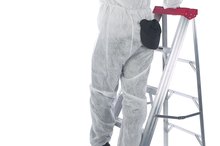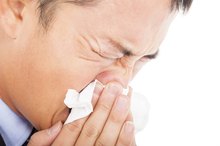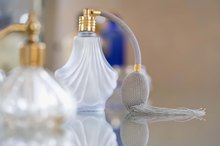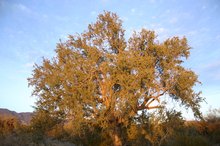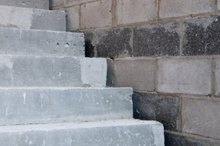Artificial Turf & Allergies
Artificial turf is rampant in indoor and outdoor sports areas, and is installed for safety and health reasons. It is alleged to significantly help in cushioning falls from sports play and cut down on average allergy issues. Artificial turf is a lovely alternative to spending the bright, sunny days of spring and summer locked up indoors. Although it doesn’t contain all the spores and seeds that cause watery eyes and noses every year, artificial turf requires a bit of upkeep to downplay its allergen capabilities.
What Are Allergens?
More than 19 million American adults suffer from allergies caused by local grasses. One of the more common pollen allergens, grass allergies – or hay fever – causes sneezing, itchy eyes and stuffy nose, and can lead to uncomfortable and debilitating symptoms. For those who may have a serious grass allergy, they can have a severe reaction, such as asthma, hives or anaphylactic shock, if a scrape allows grass proteins to enter the blood stream. It’s not only adults and children that flounder from flying pollen in the air. Dogs, cats and other domestic critters can find themselves in a fit of sneezing when rolling around on lush lawns.
- More than 19 million American adults suffer from allergies caused by local grasses.
- One of the more common pollen allergens, grass allergies – or hay fever – causes sneezing, itchy eyes and stuffy nose, and can lead to uncomfortable and debilitating symptoms.
Artificial Turf Solution
Allergies to Bedding
Learn More
This would make it seem that simply ridding your outdoor space of grasses and installing an expanse of gorgeous green artificial turf would solve the problem.
Once you’ve decided to lay down artificial turf, you should understand that it doesn’t maintain its pristine form for long. Pollen and other allergens that float in the spring breeze are attracted to the artificial turf material. Give it a good wash on a regular basis to keep pollen from building up in the fibers, nooks and crannies of the green stretch.
- This would make it seem that simply ridding your outdoor space of grasses and installing an expanse of gorgeous green artificial turf would solve the problem.
- Once you’ve decided to lay down artificial turf, you should understand that it doesn’t maintain its pristine form for long.
Benefits of Artificial Grass
Family members – and fur family members, too – who suffer from allergies can benefit from a lawn that is converted to an expanse of artificial turf 2. Although it doesn’t completely eliminate pollen from nearby trees and grasses, the immediate proximity is significantly less and reduces allergen symptoms from sprouting up instantaneously as you exit your abode. Artificial turf also cuts down on the use of fertilizers and herbicides that can be harmful to the environment, and can save on water usage and maintenance costs.
Related Articles
References
- Heavenly Greens: How to Manage Grass Allergies with or without Artificial Grass
- Easy Turf: How Does Artificial Grass Help with Allergies
- Najefi A, Jeyaseelan L, Welck M. Turf toe: A clinical update. EFORT Open Rev. 2018;3(9):501-506. doi:10.1302/2058-5241.3.180012
- Aran F, Scott A. National Center For Biotechnology Information. Turf toe. Updated May 2019.
- American Academy Of Orthopaedic Surgeons. Turf toe. June 2019.
- Robertson G, Goffin J, Wood A. Return to sport following stress fractures of the great toe sesamoids: a systematic review. Br Med Bull. 2017;122(1):135-149. doi:10.1093/bmb/ldx010
- American Academy Of Orthopaedic Surgeons, Stiff big toe (hallux rigidus). Updated October 2017.
- Rodeo SA, et al. Turf-toe: An analysis of metatarsophalangeal joint sprains in professional football players. Am. J. Sports Med., Jun 1990; 18: 280 - 285.
- Williams, B. How To Treat Turf Toe Injuries. Podiatry Today. VOL 21 Sept. 2008.
Writer Bio
Kimberley McGee has written for national and regional publications, including People magazine, the New York Times, Los Angeles Times, Las Vegas Review-Journal and more. The award-winning journalist has covered home decor, celebrity renovations, and sat down with reality HGTV stars to discuss the latest trends.

